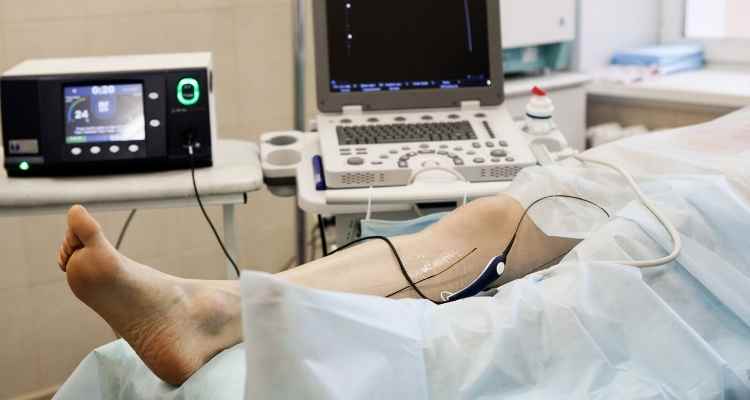Vein a medical procedure is one approach to manage thick, tangled varicose veins on your legs. Numerous methods can facilitate the torment and presence of these veins. At times, however, the best arrangement is a medical procedure to eliminate them. At the point when that is the thing that the specialist orders, follow these means to get ready ahead of time. It should assist you with having a smooth recuperation subsequently.
1. Have a pre-medical procedure office visit.
Prior to the medical procedure, your PCP will go over your clinical history and give you an actual test. You may have a couple of tests to ensure you’re sound enough for medical procedure.
Your PCP should give you a rundown of intentions to prepare for the methodology. Make certain to look it over while still at your primary care physician’s office. Request more data on the off chance that anything is indistinct. Additionally see whether you should wear your pressure stockings to the emergency clinic upon the arrival of your medical procedure.
Must check- Thread vein removal Nottingham
2. Comprehend the kind of medical procedure you’re having.
The conventional medical procedure for exceptionally extreme varicose veins is vein stripping and ligation. Wandering phlebectomy is another strategy to eliminate varicose veins. Specialists make a minuscule cut and eliminate the vein through this cut.
There’s likewise a methodology called PINstriping. It utilizes less cuts. You likewise may just need an infusion to numb your leg rather than IV drug that takes care of you. Recuperation time might be more limited with PIN stripping and mobile phlebectomy. Request your primary care physician what type from a medical procedure would be best for you—and why. Ensure you talk about recuperation, as well.
3. Go over the way life changes.
At the point when you meet with your primary care physician, inquire as to whether there are any progressions you should make before the medical procedure. For example, in the event that you smoke you should quit in light of the fact that tobacco can postpone recuperating. Go over all prescriptions, spices and enhancements you take.
Some could influence how you react to sedation. Others could make draining all the more a danger. You may need to quit requiring some the day preceding your medical procedure or even sooner. Additionally discover when you can begin taking them once more.
4. Plan your ride home.
You can most likely return home that very day as your medical procedure, however this will take some arranging. You’ll be sleepy and can’t drive in the wake of having sedation. Along these lines, organize somebody to drive you home. This individual may have to get a few remedies for you, as well.
You additionally ought to have somebody stay with you for at any rate the initial 24 hours. You’ll have to relax for some time, so plan for that. Deal with tasks around the house before your medical procedure. This incorporates whatever requires truly difficult work. On the off chance that you live alone, ensure there’s somebody you can call in the event that you need assistance.
5. Return home securely after medical procedure.
You’ll need to secure your legs. Sit in the rearward sitting arrangement of the vehicle for the ride home after your medical procedure. Sit sideways so you can loosen up your legs across the seat. Regardless of whether you feel consistent, have the individual who drove you home assist you with getting the vehicle and into your home. When you’re home, set up your feet on cushions when sitting in a seat or on your lounge chair. This will assist with flow.
6. Have an arrangement to oversee torment.
Hope to feel drained and sore. Your leg may sting at the site of the fastens. Make a point to adhere to the entirety of your PCP’s guidelines for care at home. This incorporates taking any endorsed prescription as indicated by the suggested plan.
Put an ice pack on your leg for a couple of moments all at once to ease agony and expanding. Make certain to put a fabric between the ice pack and your skin. Utilize additional cushions when in bed to make your legs more agreeable.
7. Exercise and stretch.
It’s critical to keep blood moving through your legs as you recuperate. Siphon your lower legs around three to multiple times. You ought to do this like clockwork. When every hour, stroll around for 10 to 15 minutes all at once.
You can begin when you return home from the medical clinic. This decreases your danger for a blood coagulation. Do somewhat more exercise each day as you feel more grounded.
8. Know about potential issues.
Ensure you know the signs and manifestations of genuine complexities from the medical procedure. Watch for deteriorating agony, redness, or expanding in your leg. These could be indications of contamination or a blood coagulation. Call your PCP promptly if your leg drains, you have a temperature, or in the event that you have side effects of a coagulation.

